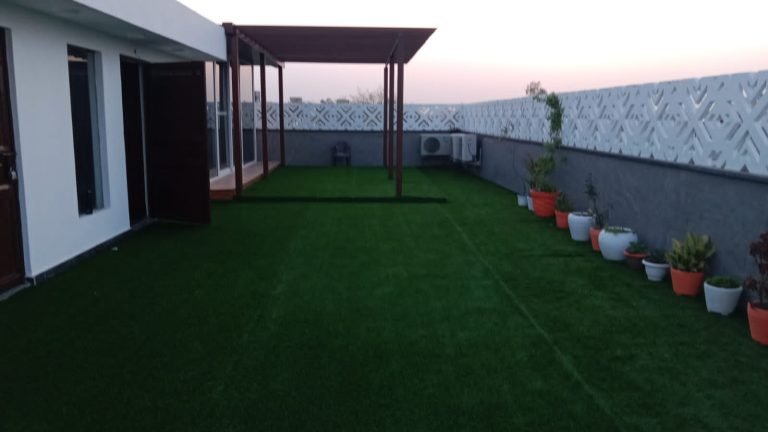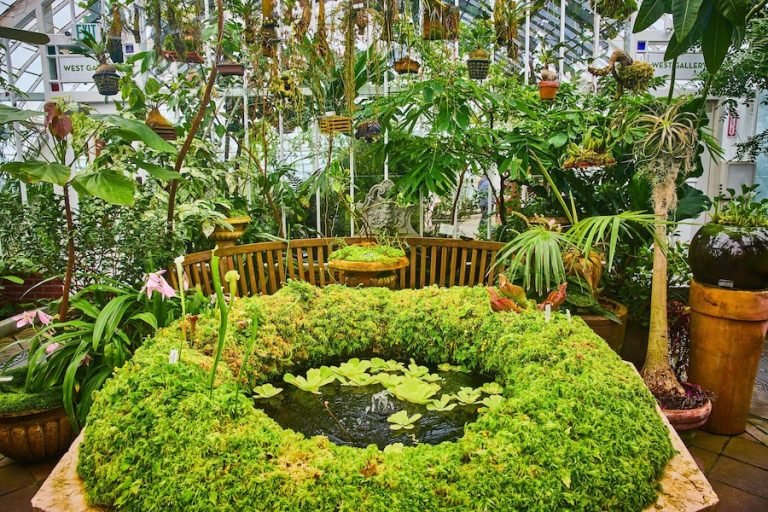Vertical Garden Boom: How Cities Are Embracing This Innovative
In the concrete jungles of modern cities, where skyscrapers dominate the skyline and green spaces are scarce, a refreshing trend is taking root – the vertical garden boom. Once considered a futuristic concept, vertical gardens are now increasingly becoming a prominent feature in urban landscapes worldwide. From Singapore to New York City, these innovative green installations are transforming the way we perceive and interact with urban environments.”Vertical Garden Design Suppliers in Rajouri Garden”
To Know More About It Please Click Here
The Rise of Vertical Gardens
The concept of vertical gardens, also known as green walls or living walls, dates back centuries, with examples found in ancient civilizations such as the Hanging Gardens of Babylon. However, it is in recent years that vertical gardens have experienced a renaissance, driven by a growing awareness of environmental sustainability and the need to mitigate the adverse effects of urbanization.
One of the primary drivers behind the rise of vertical gardens is their ability to address several urban challenges simultaneously. These include air pollution, urban heat island effect, noise pollution, and loss of biodiversity. By integrating greenery into vertical structures, cities can significantly enhance their aesthetic appeal while simultaneously improving air quality, reducing ambient temperatures, and providing habitats for flora and fauna.
The Benefits of Vertical Gardens
Vertical gardens offer a myriad of benefits, both environmental and societal.
- Air Quality Improvement: Plants act as natural air filters, absorbing pollutants such as carbon dioxide, nitrogen dioxide, and particulate matter. By incorporating vertical gardens into buildings and infrastructure, cities can mitigate air pollution and improve overall air quality.
- Temperature Regulation: The urban heat island effect, caused by the absorption and retention of heat in urban areas, can lead to elevated temperatures and increased energy consumption. Vertical gardens help regulate temperatures by providing insulation and shade, thereby reducing the need for artificial cooling systems.
- Noise Reduction: Vegetation has been shown to absorb and deflect sound waves, making vertical gardens an effective tool for mitigating noise pollution in densely populated urban areas.
- Biodiversity Conservation: Vertical gardens create microhabitats that support a variety of plant species, insects, and birds, thus promoting urban biodiversity and ecological resilience.
- Aesthetic Enhancement: Beyond their environmental benefits, vertical gardens contribute to the visual appeal of urban landscapes, transforming stark concrete facades into vibrant living works of art.
Urban Innovations in Vertical Gardening
Cities around the world are embracing vertical gardening as a means of enhancing their livability and sustainability. Innovative approaches to vertical garden design and implementation are emerging, showcasing the versatility and adaptability of this green technology.
- Skyscraper Gardens: In cities where land is at a premium, skyscrapers offer an ideal canvas for vertical gardens. Iconic structures such as the Bosco Verticale in Milan, Italy, and One Central Park in Sydney, Australia, demonstrate how high-rise buildings
- Retrofitting Existing Structures: Vertical gardens are not limited to new construction projects; they can also be retrofitted onto existing buildings to improve their environmental performance and aesthetics.
- Community Initiatives: Vertical gardens are not exclusive to commercial or institutional buildings; they can also be implemented at the community level. Community gardens, rooftop farms, and pocket parks featuring vertical greenery are fostering social cohesion, promoting urban agriculture, and providing residents with access to fresh produce in urban food deserts.
- Green Infrastructure: Cities are increasingly incorporating vertical gardens into their green infrastructure plans as part of broader efforts to create resilient, sustainable urban environments.
Conclusion: A Greener Future for Cities
The vertical garden boom represents a paradigm shift in urban design and planning, signaling a departure from traditional approaches characterized by concrete sprawl and environmental degradation. By embracing vertical gardening, cities are reclaiming their connection to nature, enhancing their resilience to environmental challenges, and creating healthier, more livable spaces for their residents.
As the vertical garden trend continues to gain momentum, policymakers, architects, urban planners, and citizens alike need to recognize the multifaceted benefits of green infrastructure and work together to integrate vertical gardens into the fabric of our cities. By doing so, we can cultivate a greener, more sustainable future for generations to come.”Vertical Garden Design Suppliers in Rajouri Garden”







